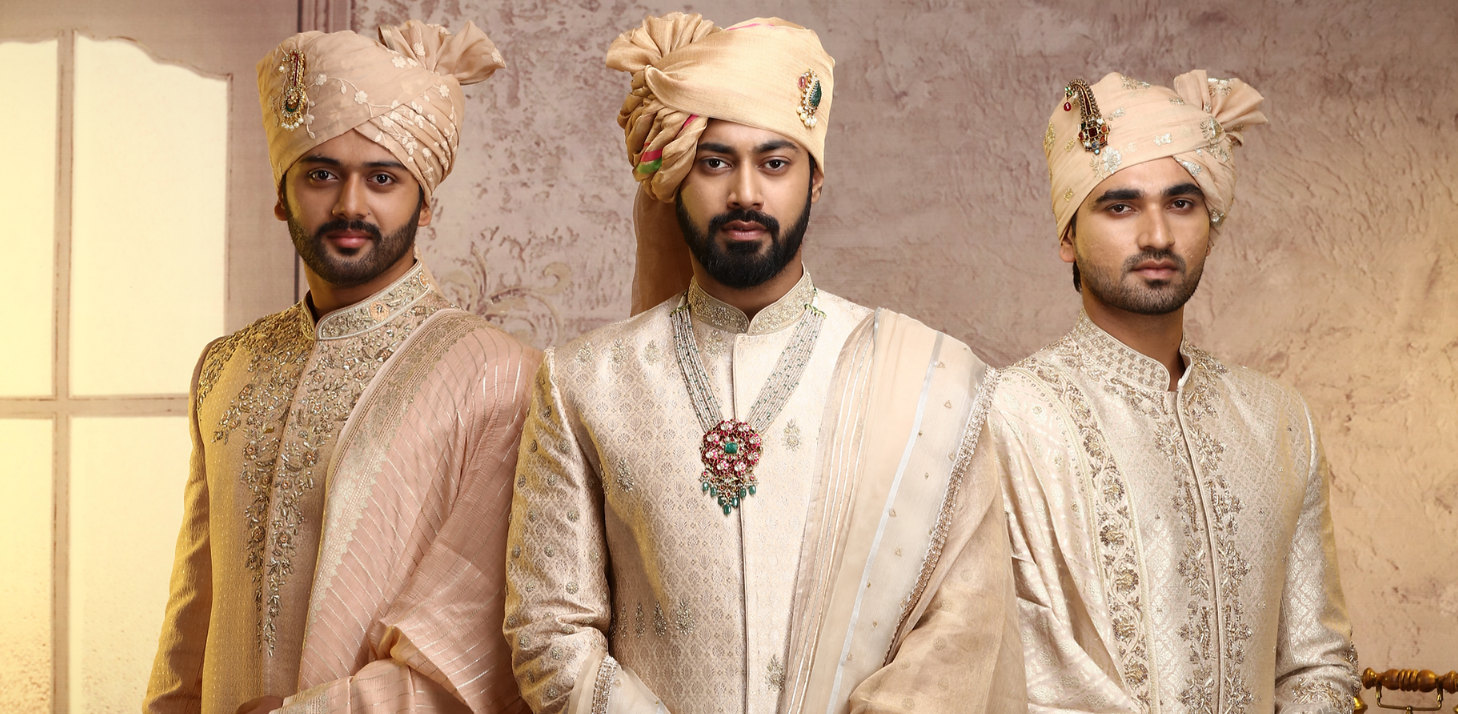In the vast tapestry of human history, clothing has always been a defining aspect of culture, identity, and status. Traditional dress for men, in particular, reflects a fascinating journey through time, blending functionality, symbolism, and aesthetics. From the ancient civilizations to the modern interpretations, the evolution of men's traditional attire offers a captivating glimpse into the diverse heritage of humanity.
Ancient Roots:
The origins of traditional men's clothing can be traced back to the dawn of civilization. In ancient times, garments served practical purposes, protecting individuals from the elements and offering a means of distinguishing one's social or tribal affiliation. From the loincloths of Mesopotamia to the togas of ancient Rome, early men's attire was deeply influenced by the climate, geography, and cultural norms of each region.
Across continents, traditional dress for men varied widely. In Asia, for instance, the kimono emerged as a symbol of Japanese identity, characterized by its graceful silhouette and intricate patterns. Meanwhile, in Africa, vibrant dashikis and kente cloth conveyed a rich tapestry of cultural heritage among various ethnic groups.

Medieval Elegance:
During the medieval period, traditional men's clothing underwent significant refinement, reflecting the emergence of feudal societies and the rise of chivalry. Noble men adorned themselves with luxurious fabrics, such as velvet and silk, embellished with elaborate embroidery and jewels. The iconic doublet and hose ensemble became synonymous with European aristocracy, showcasing the wearer's wealth and status.
Simultaneously, commoners adopted more practical attire suited to their daily lives. Peasants draped themselves in simple tunics and breeches, crafted from durable wool or linen. The distinction between social classes was unmistakable, as clothing served as a visible marker of one's place in society.
Global Exchange:
The age of exploration ushered in an era of unprecedented cultural exchange, leading to the diffusion of styles and textiles across continents. European explorers encountered new civilizations and brought back exotic fabrics such as silk, cotton, and spices from the East. This exchange profoundly influenced traditional men's clothing, as new materials and designs were incorporated into existing garments.
In colonial contexts, traditional dress for men often merged indigenous elements with European fashion sensibilities. For example, the sarong worn by men in Southeast Asia became popular among European colonists stationed in the region. Similarly, Native American attire, including buckskin garments and feather headdresses, fascinated European settlers and influenced their own sartorial choices.
Modern Revivals:
As societies modernized and globalized, traditional men's clothing experienced both preservation and adaptation. In many cultures, efforts were made to revive and celebrate ancestral attire as a means of cultural preservation and identity reaffirmation. Traditional ceremonies and festivals provided opportunities for men to showcase their heritage through clothing, reinforcing a sense of belonging and pride.
Furthermore, the fashion industry embraced elements of traditional men's clothing, reimagining them in contemporary contexts. Designers drew inspiration from historical garments, incorporating traditional motifs, fabrics, and silhouettes into modern menswear collections. This fusion of old and new resulted in a rich tapestry of styles, offering men a diverse range of sartorial expressions.
Conclusion:
The history and evolution of traditional men's clothing reflect the intricate interplay between culture, society, and individual expression. From ancient loincloths to modern interpretations of heritage attire, men's fashion has continuously evolved, reflecting changing norms, values, and aspirations. Today, traditional dress for men serves as a tangible link to the past, reminding us of the rich tapestry of human experience and the enduring legacy of our ancestors. As we continue to navigate the complexities of the modern world, let us honor and celebrate the diversity of traditional men's clothing, embracing its timeless elegance and cultural significance.

No comments yet